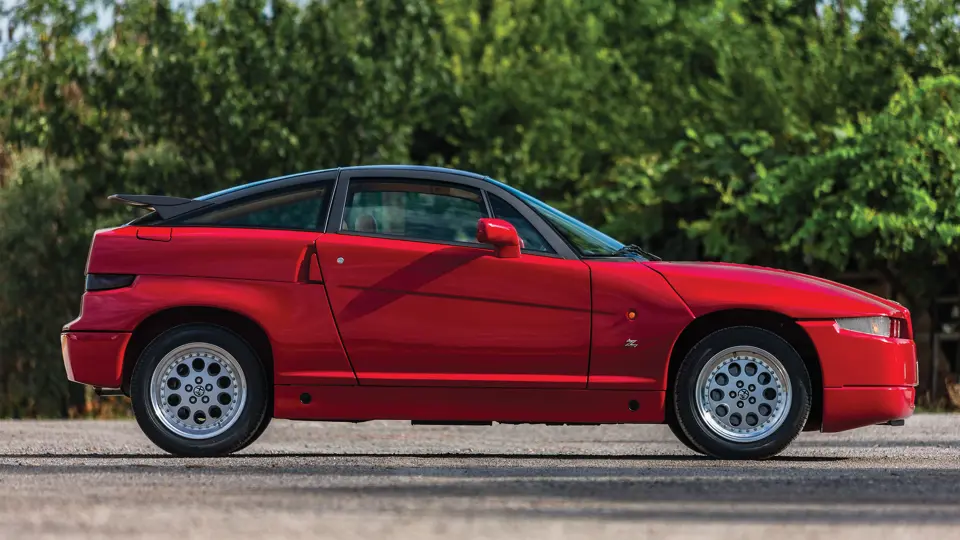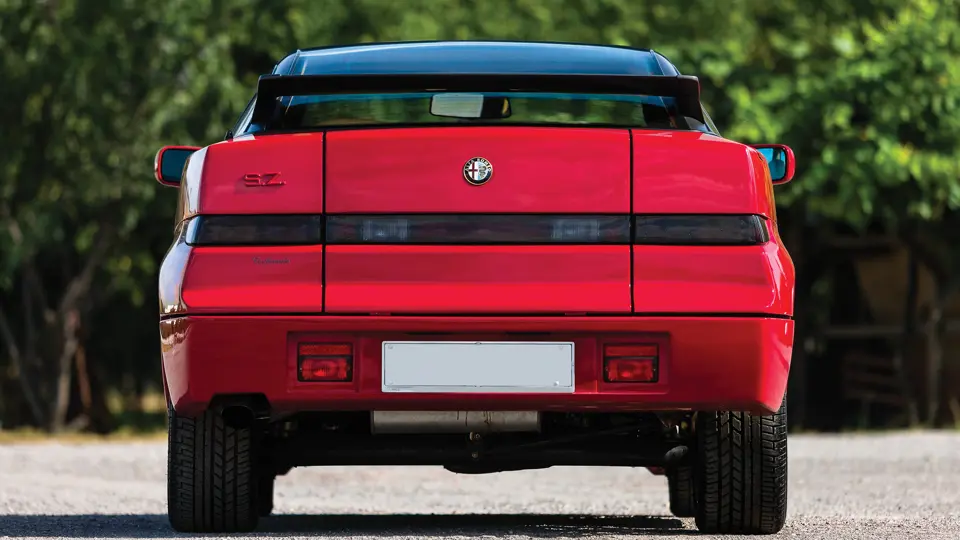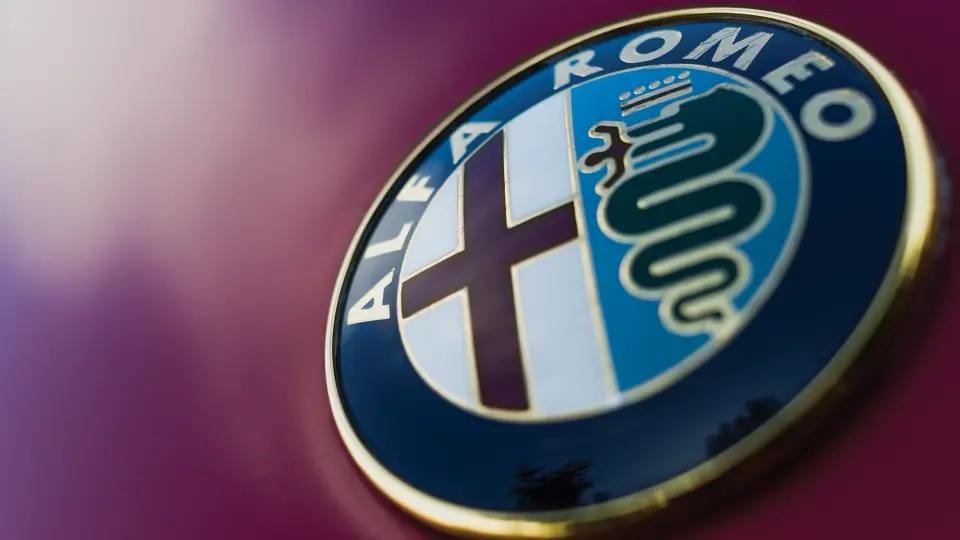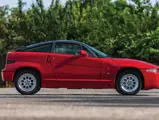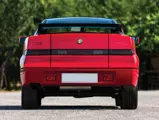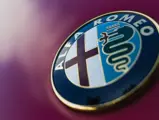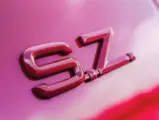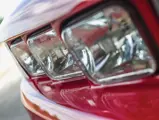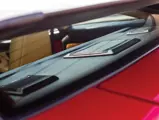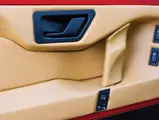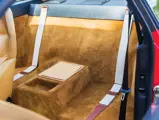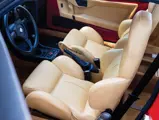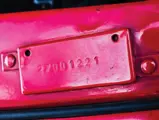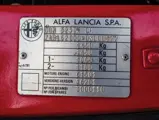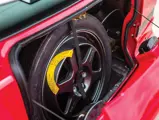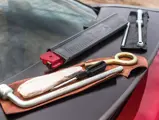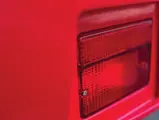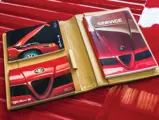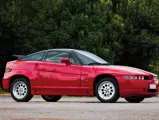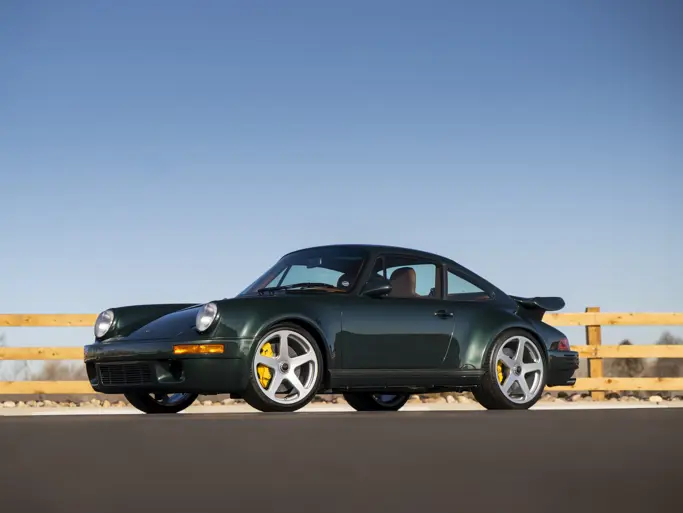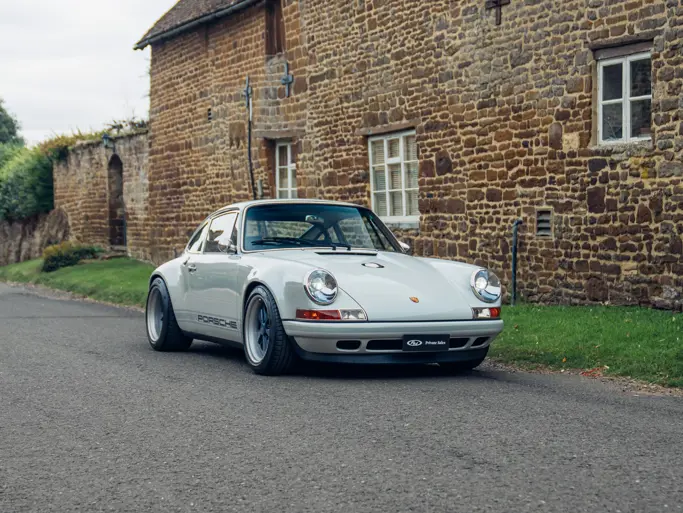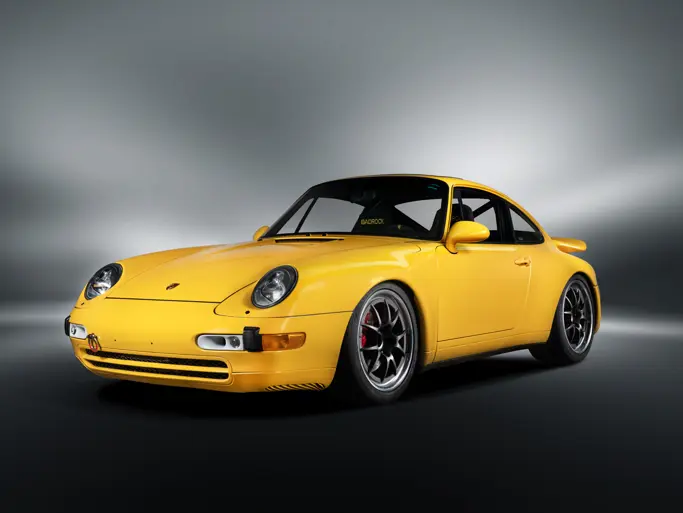Type ES-30. 210 bhp, 2,959 cc DOHC V-6 engine with electronic fuel injection, five-speed manual rear transaxle, independent front suspension with coil springs and an anti-roll bar, live rear axle with Watt linkage, coil springs, and an anti-roll bar, and four-wheel hydraulic disc brakes. Wheelbase: 2,510 mm
This modern interpretation of the Sprint Zagato was also known internally as the ES-30, or Experimental Sports Three-Litre. This low-production, high-performance automobile was designed by Robert Opron and Antonio Castellana, who had based it on the floorplan of the Group A/IMSA Alfa 75. The front-engine/rear-drive design also borrowed that model’s five-speed manual rear transaxle and suspension, which was comprised of lower front wishbones with coil springs, transverse links, and an anti-roll bar, and in the rear a de Dion axle with coil springs, trailing arms, and an anti-roll bar could be found. The four-wheel disc brakes were mounted inboard at the rear. The suspension was carefully reengineered by Giorgio Pianta, a talented test driver and the team manager of the Fiat and Lancia factory rally programs. Sr. Pianta is credited with developing the WRC-winning Fiat 124 Abarth Rally and the 131 Abarth Rally and Lancia 037 Rally, and he was also instrumental in making the Lancia Delta S4 a winner in 1985. Koni produced special shock absorbers for the SZ, and when fitted with high-performance Pirelli P Zero tyres, the car was able to sustain more than 1.0 grams on a skid pad, which was quite outstanding for the day.
The SV was nicknamed Il Mostro, or the Monster, due to its angular thermoplastic injection-moulded composite body panels, which generated quite a response from the public, although there was no denying its impressive performance. Flanking the traditional Alfa triangular grille opening are six small headlamps, which have been arranged in echelon. The tail lamps are placed in a panel across the rear of the body. There is a full-width horizontal spoiler across the rear hatch, and the simple alloy wheels are of a drilled-disc design.
Alfa Romeo originally contracted Zagato to build just 1,000 examples, but demand was such that a total of 1,036 were produced between 1989 and 1991. All but one of the Sprint Veloce coupés were painted red with a grey roof. That single exception was finished in black for Andrea Zagato. The interiors featured a pair of deeply bolstered competition seats in tan leather, a tan headliner, and a black dashboard and console. The driver would grip a thick three-spoke leather-wrapped steering wheel, and a hand-grip was built into the passenger seat. There was ample luggage capacity behind the seats as well. The Sprint Zagato was air conditioned, and the instrument panel carried a full complement of Veglia gauges. Each car carried a special plaque on the console which featured its serial number; this example is number 095.
The virtually brand-new Alfa Romeo Sprint Zagato was recently acquired from its original long-term owner of nearly 25 years, an Alfa Romeo dealership in southern Italy. This daringly styled coupé was built 11 September 1990, duly registered on 30 September, and assigned license plate number AD022NB. As it was very rarely driven, its odometer read just 349 kilometres at the time of cataloguing.
This very unusual Alfa Romeo coupé has been regularly maintained and was recently given a 10,000-kilometre service (although, as noted, it has only driven a fraction of that). It is a highly original and unmolested SZ which still retains its original Italian registration documentation and license plates. It is as fine an example as can be found.
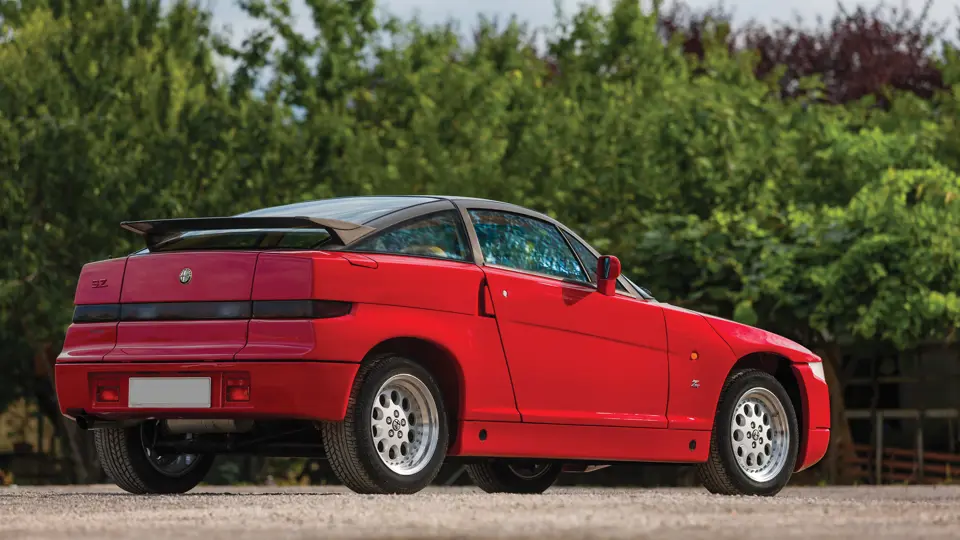



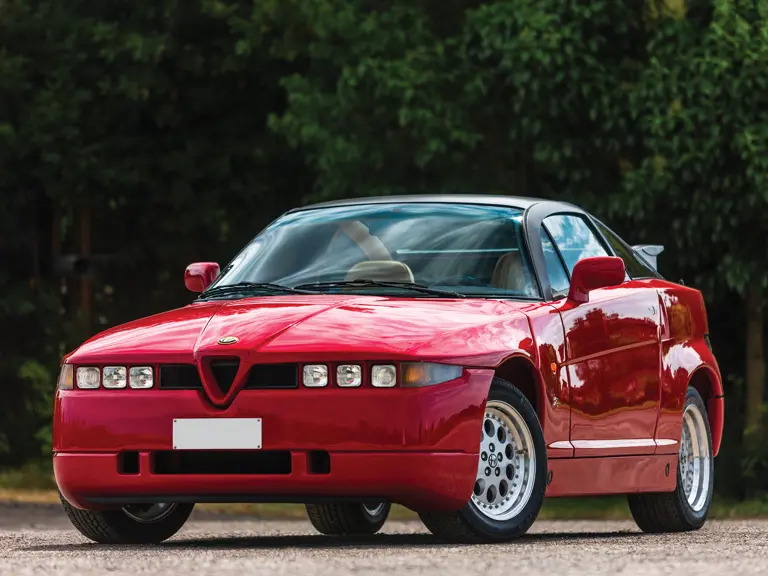


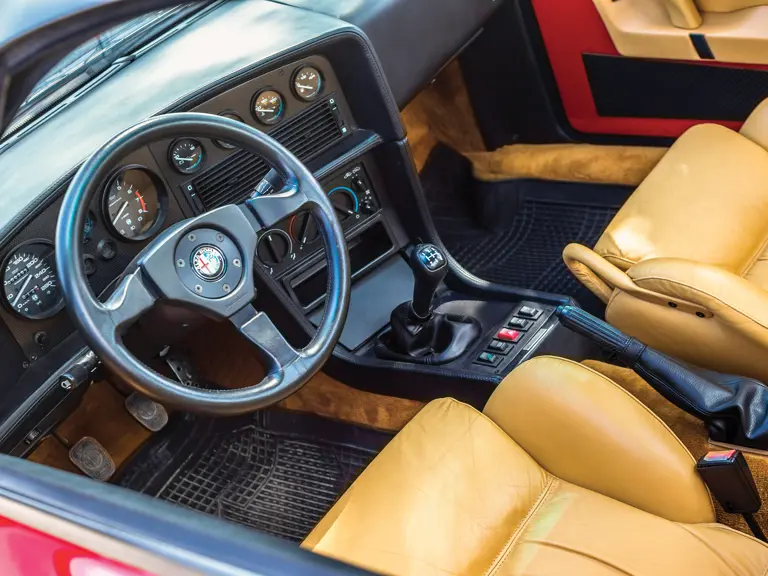

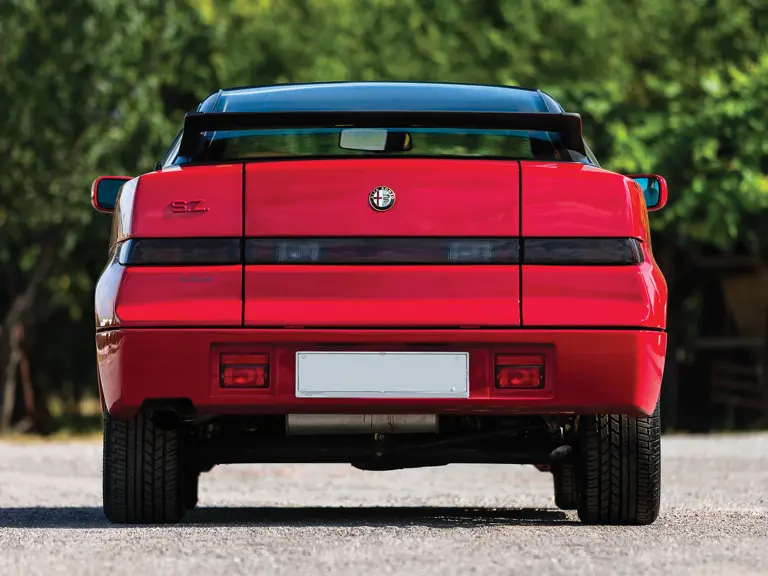
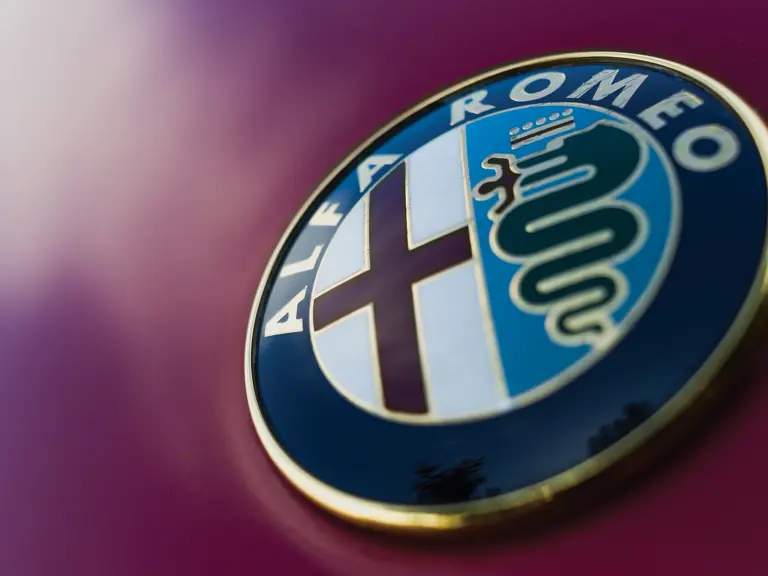

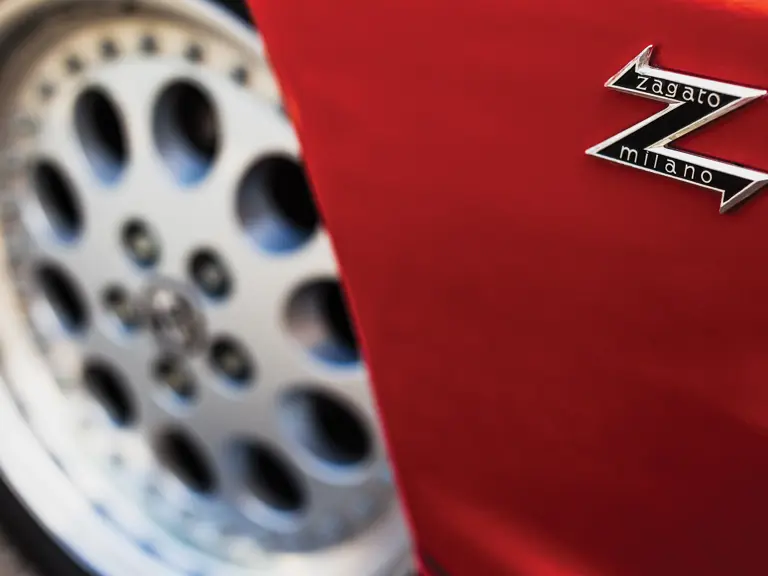
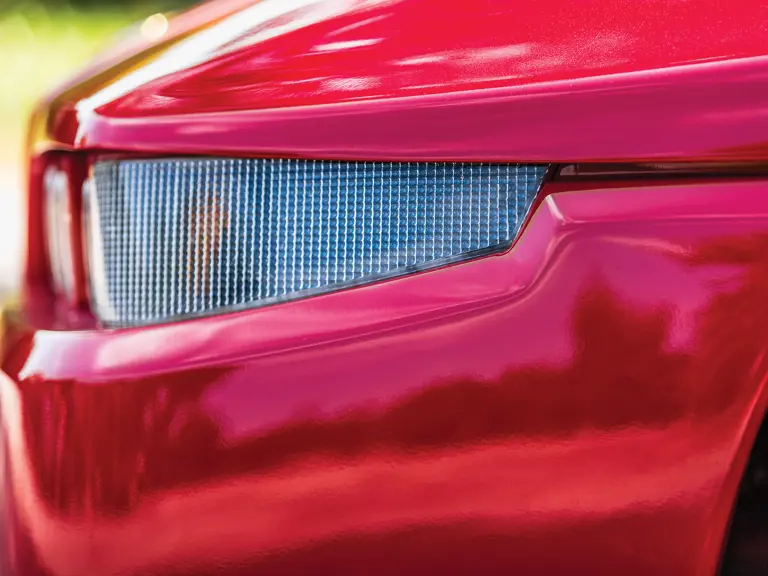


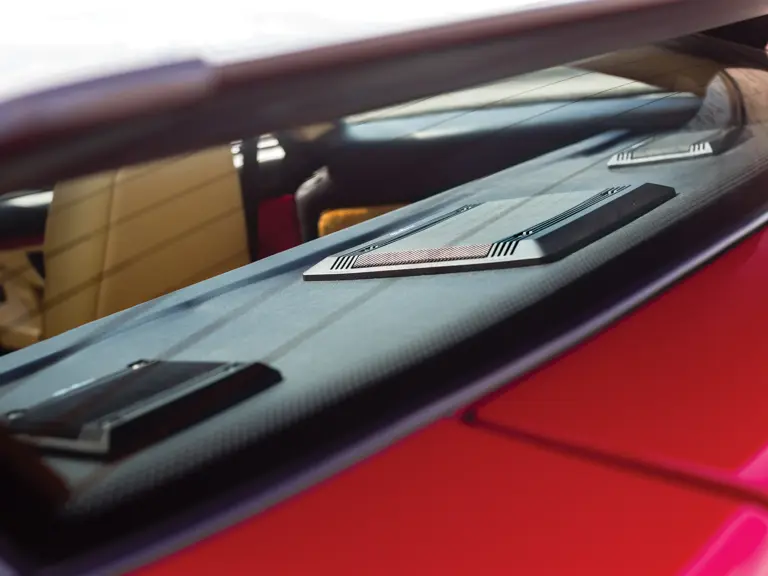

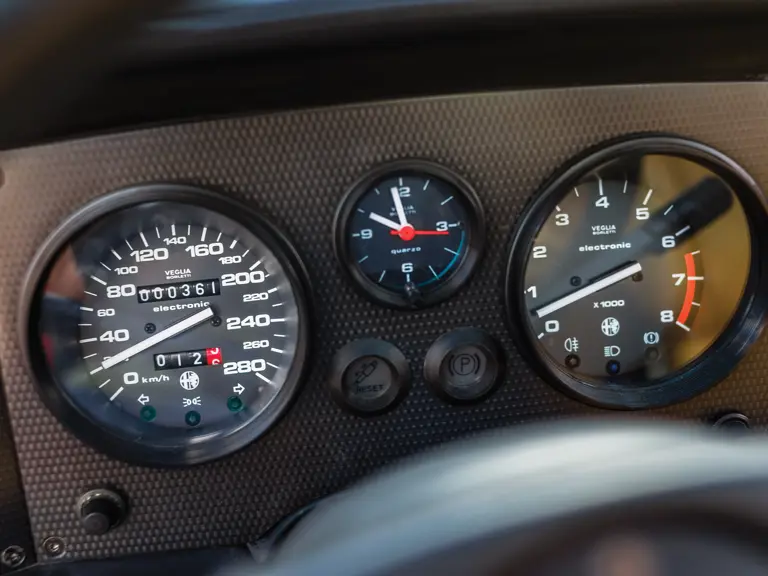
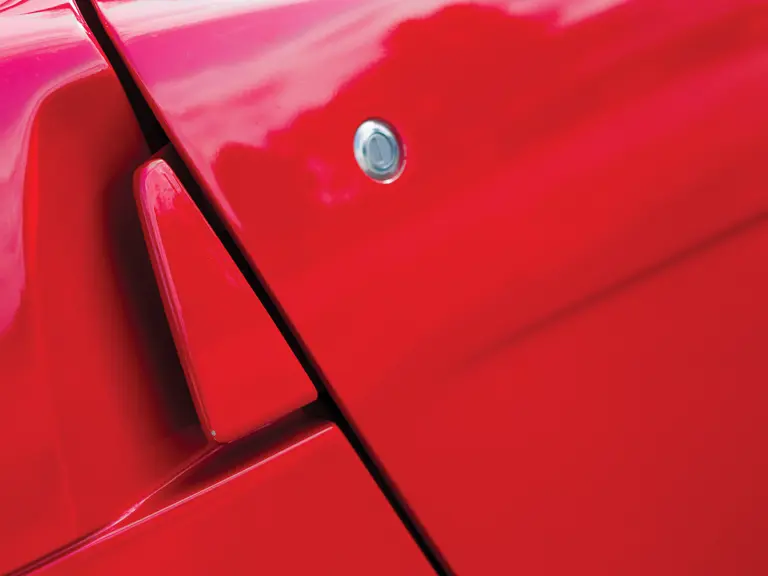


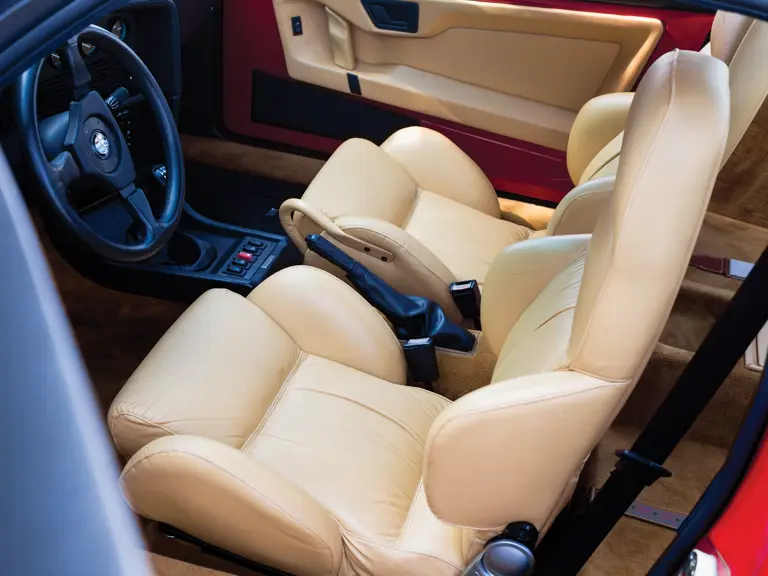
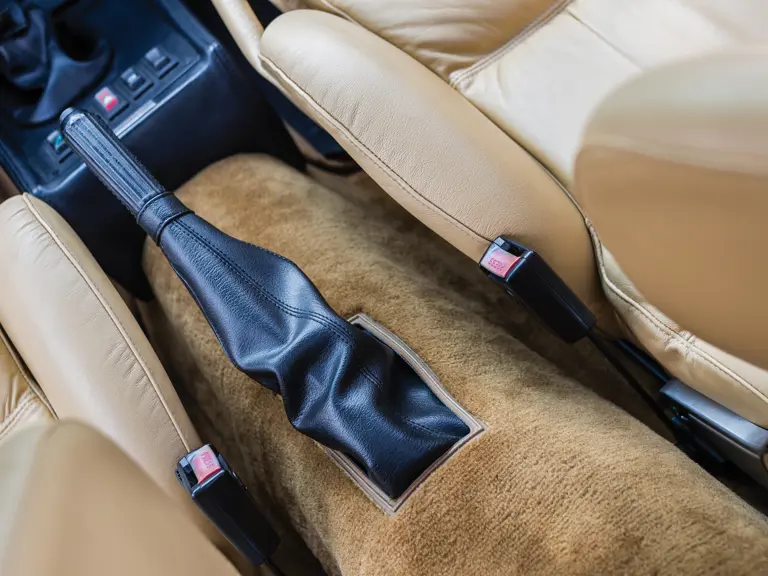
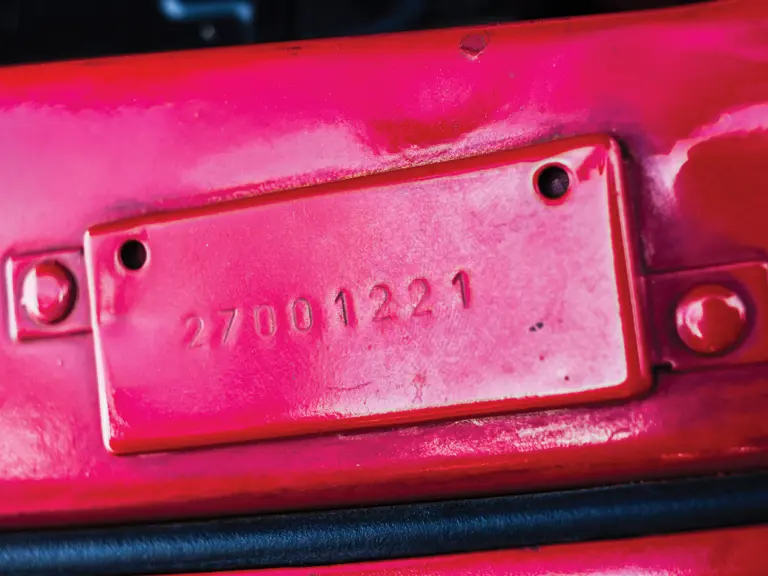
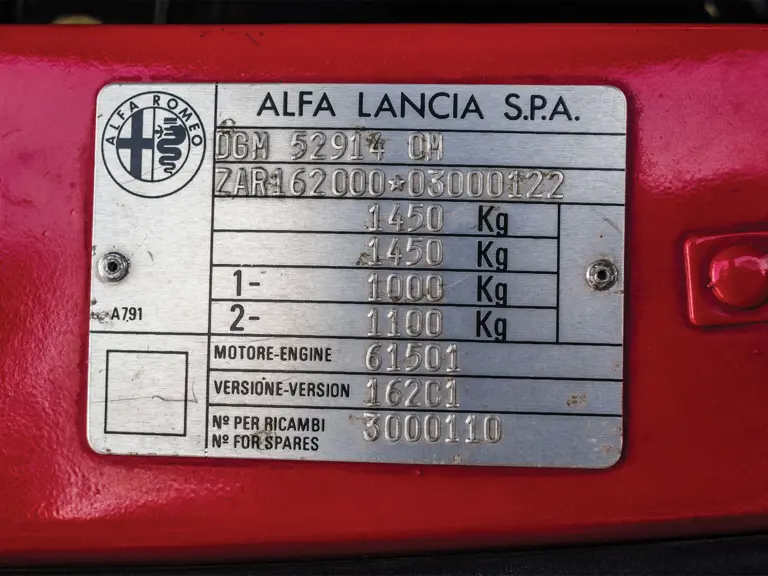
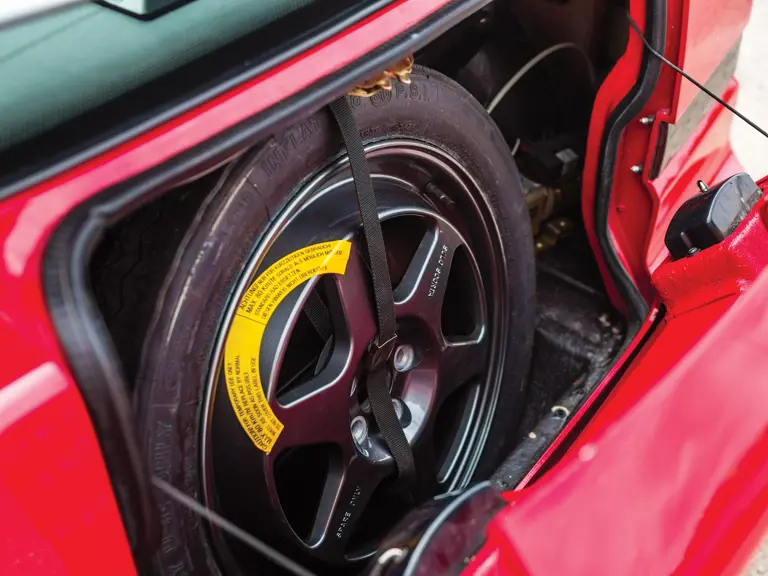
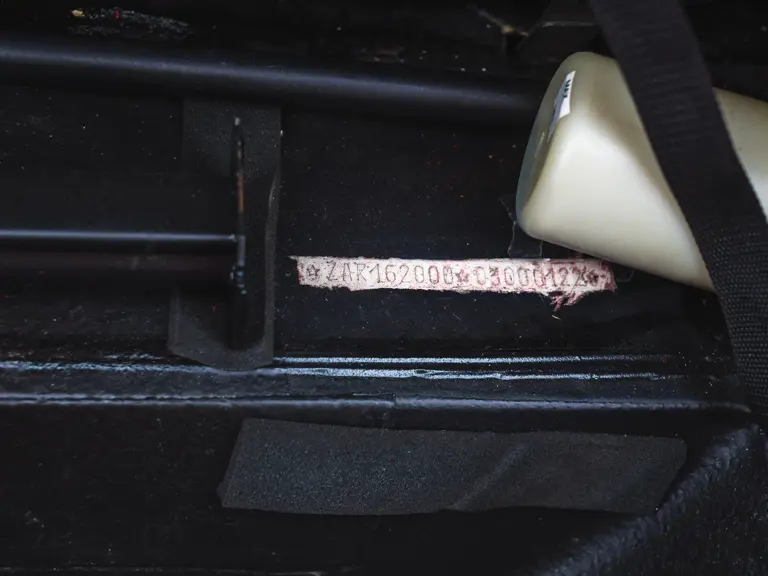
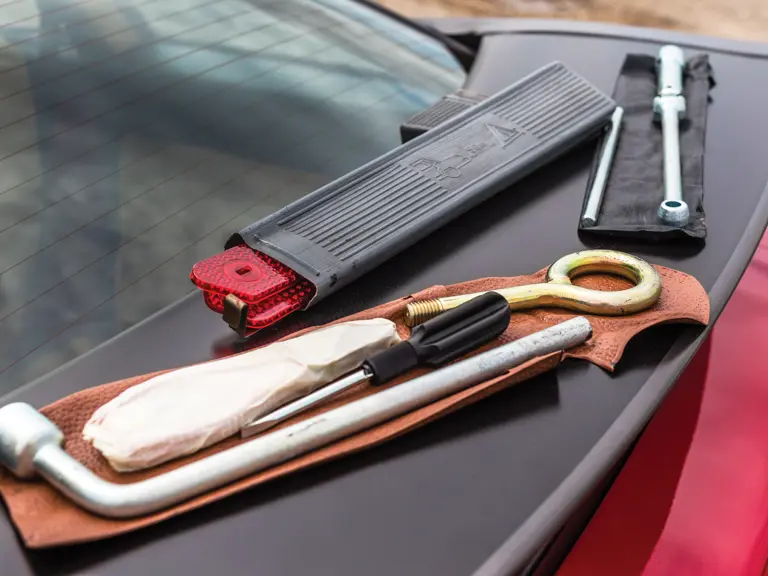

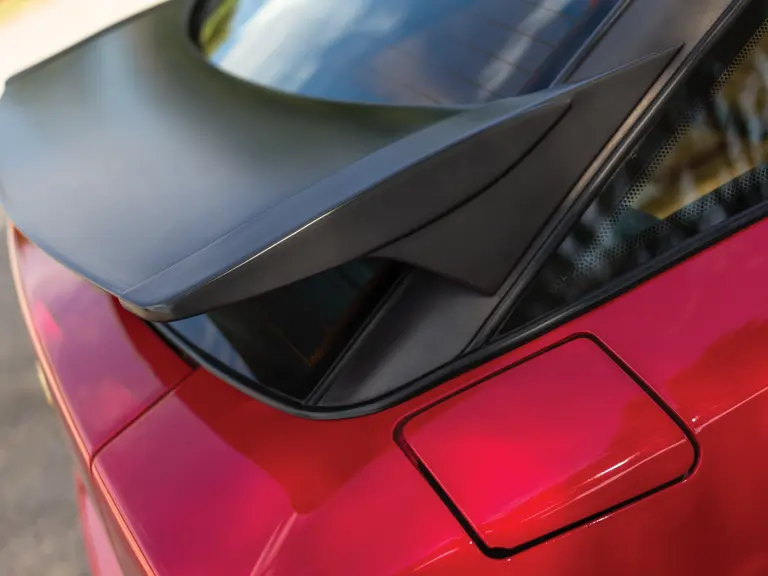

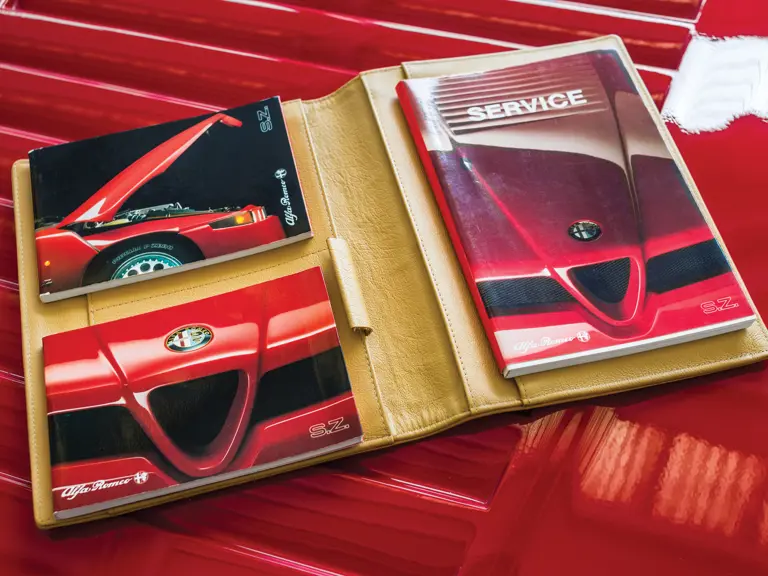

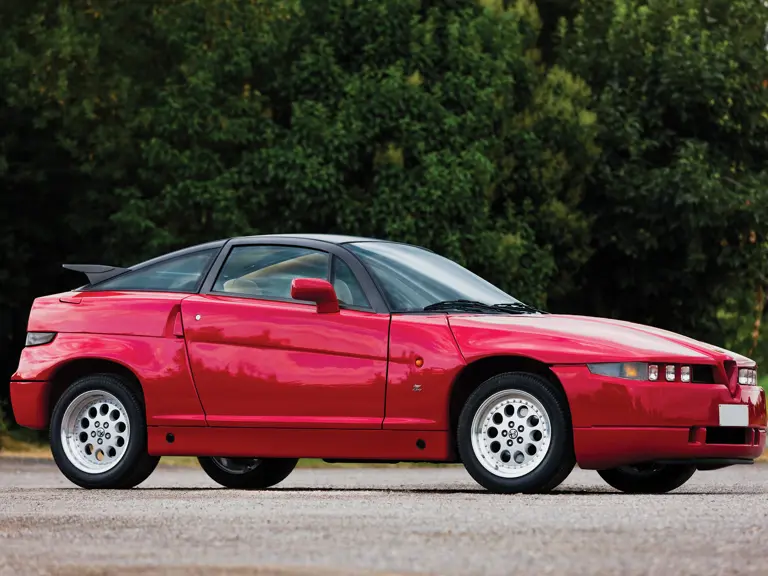
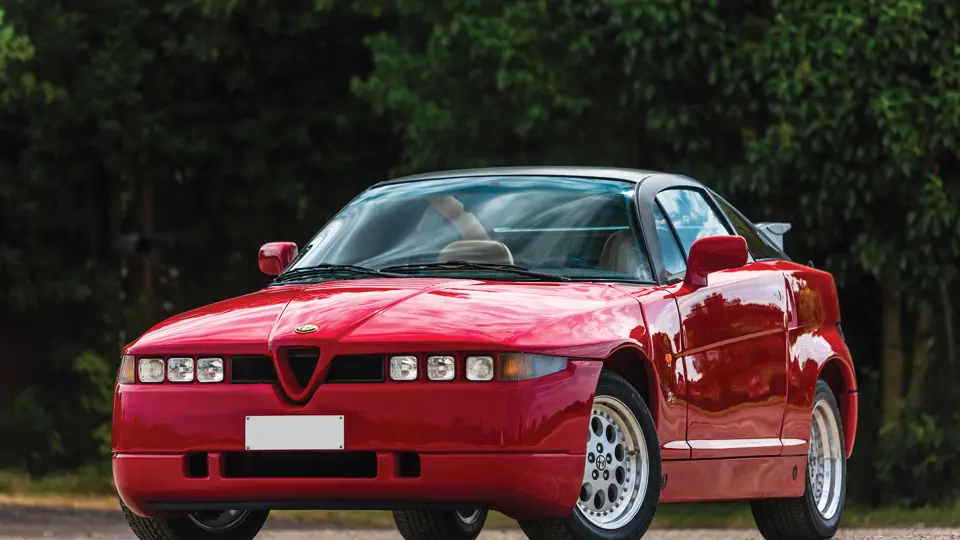
 | London, United Kingdom
| London, United Kingdom
